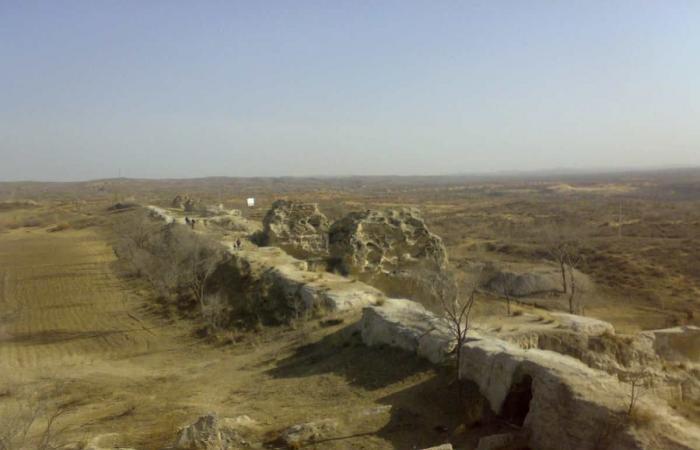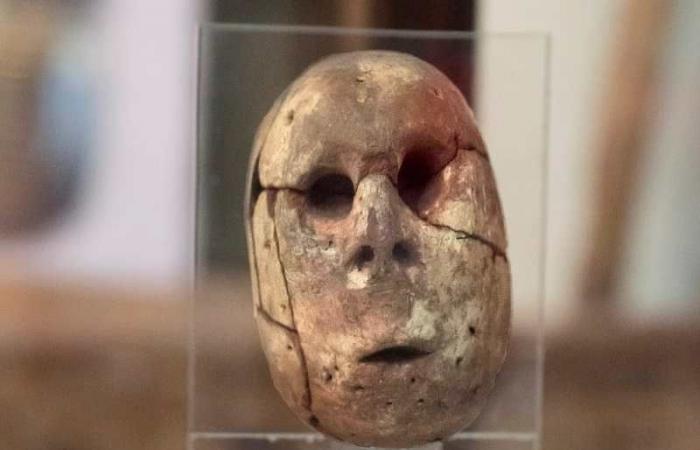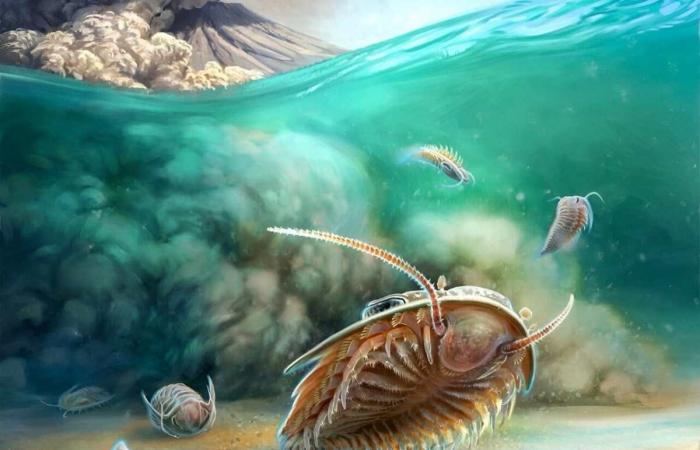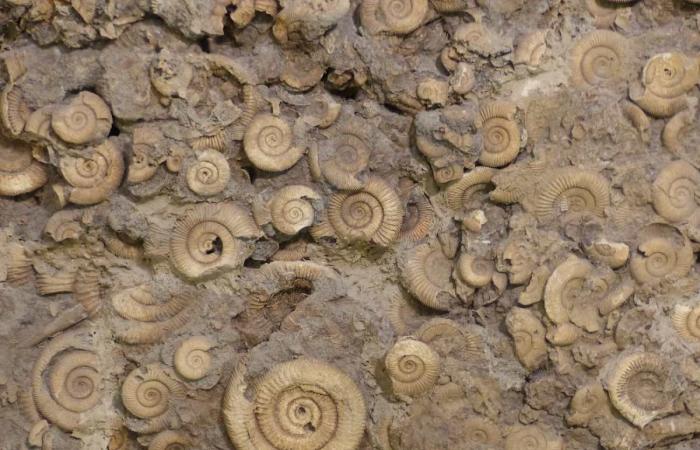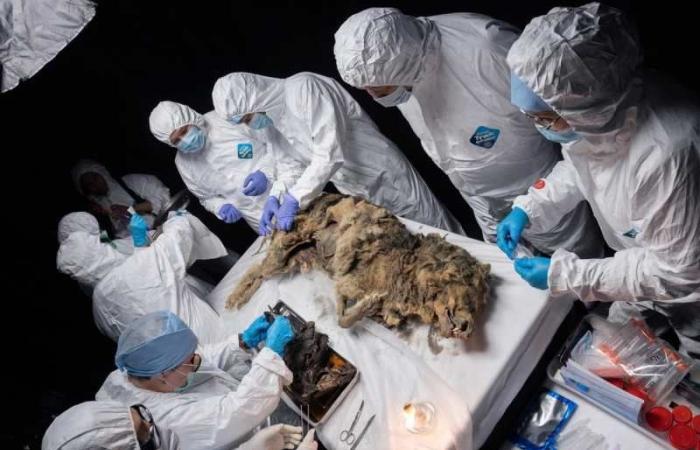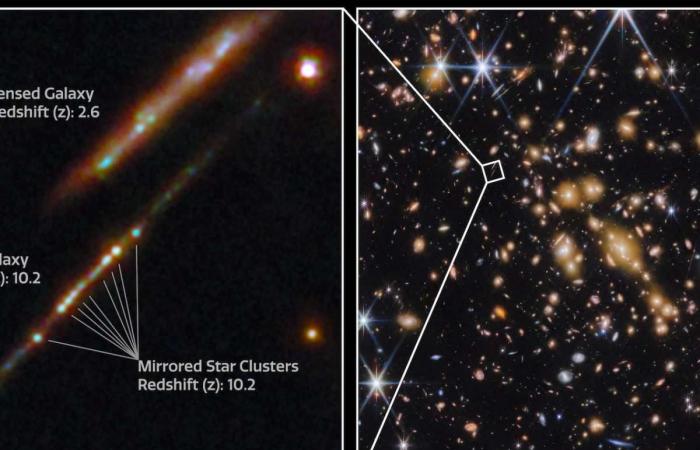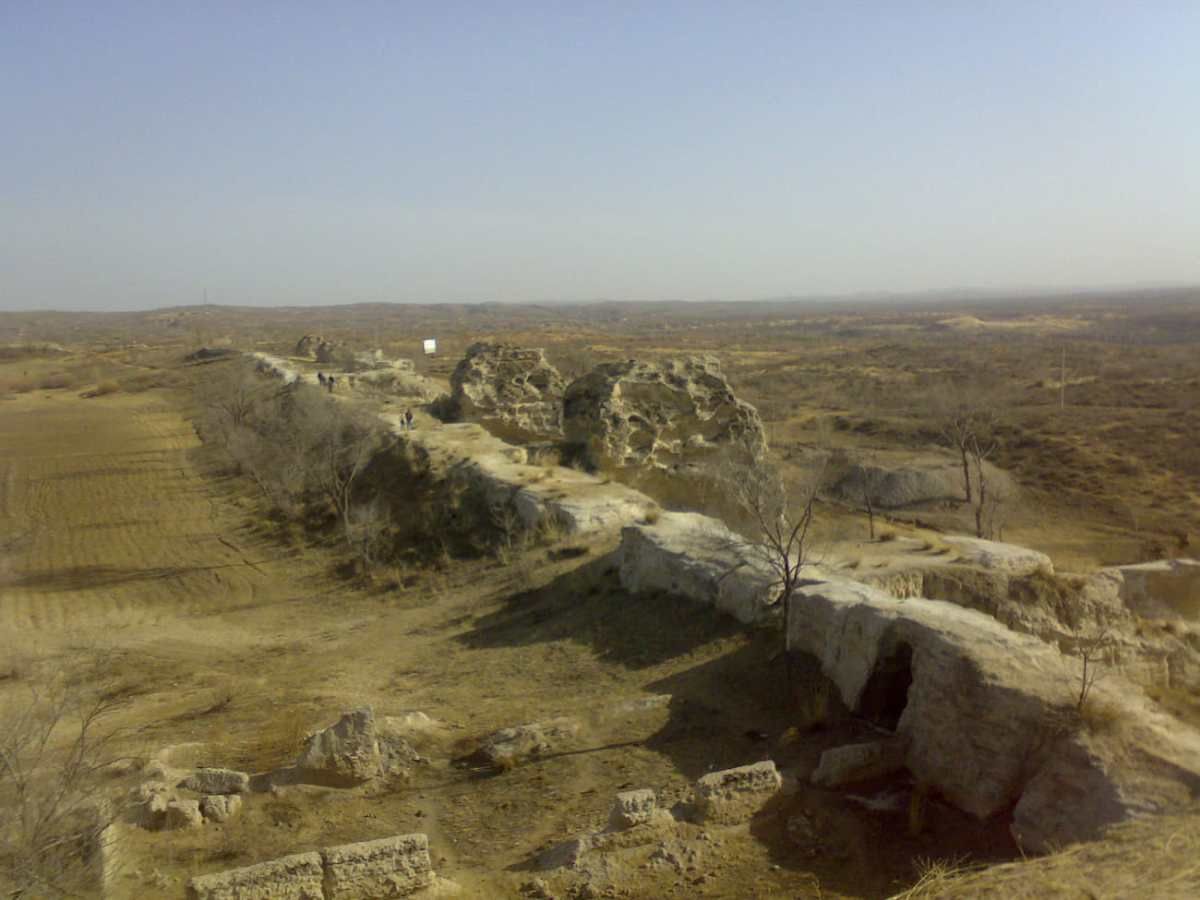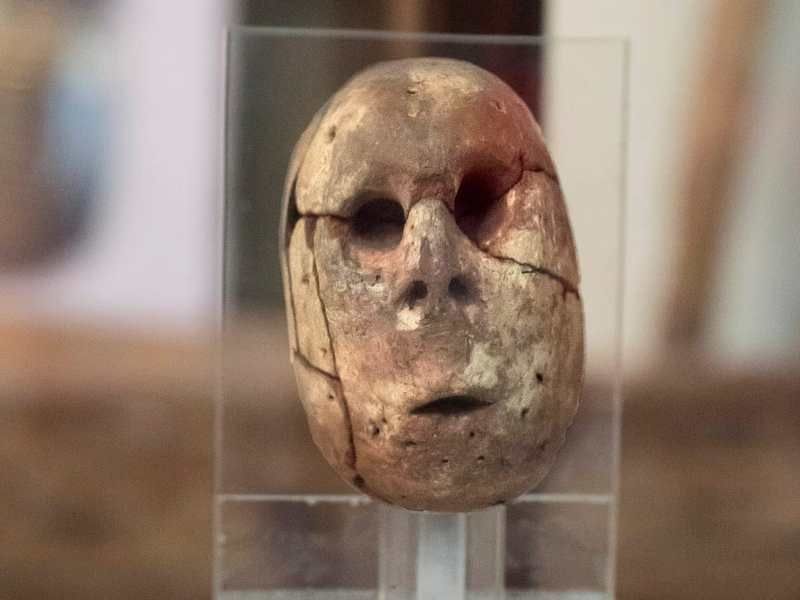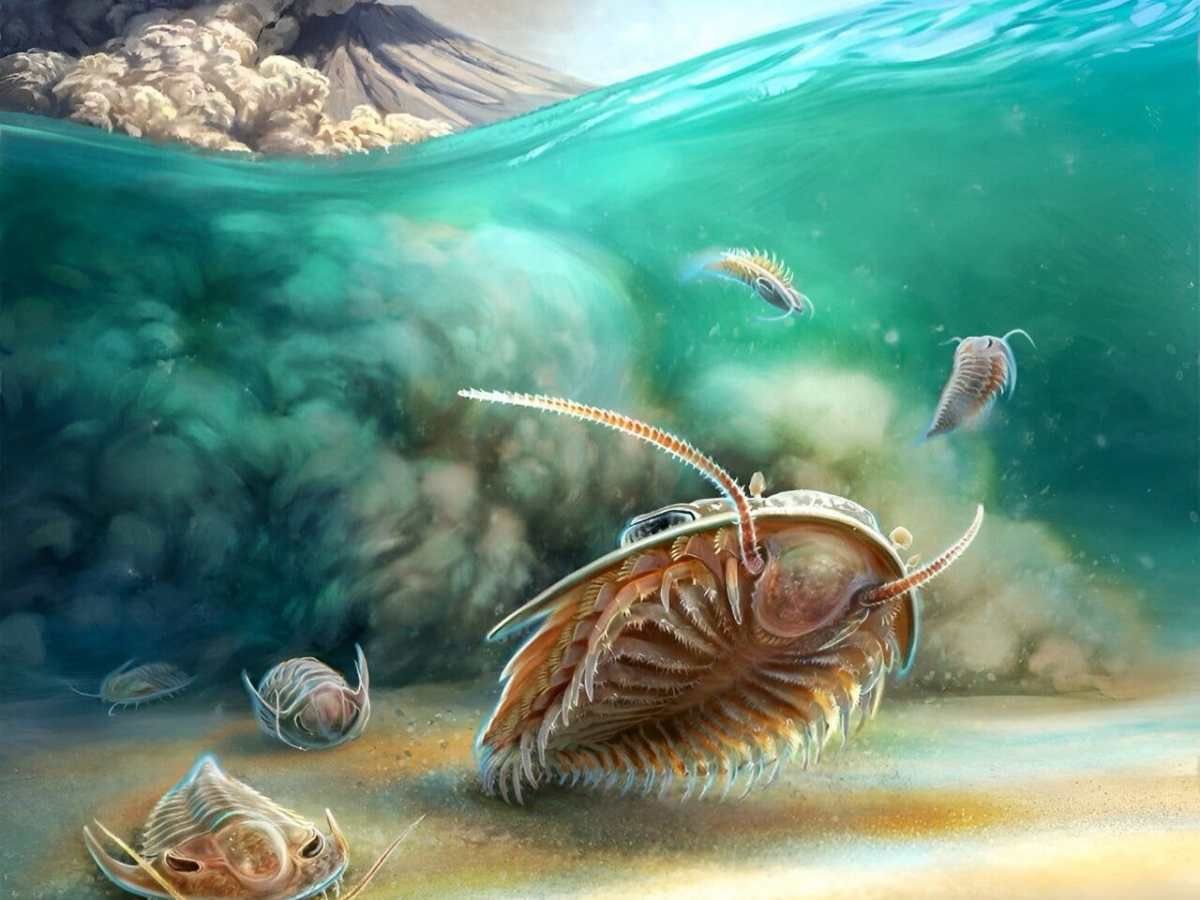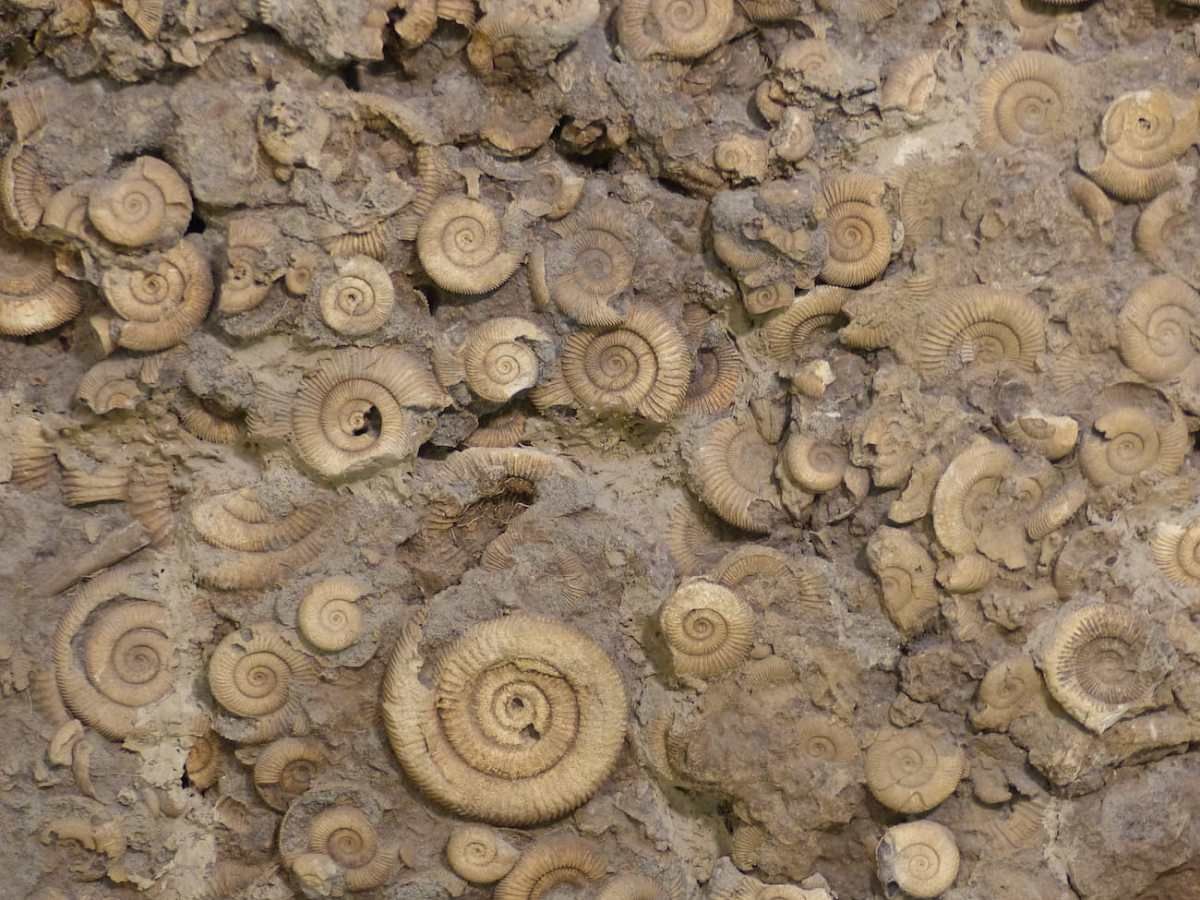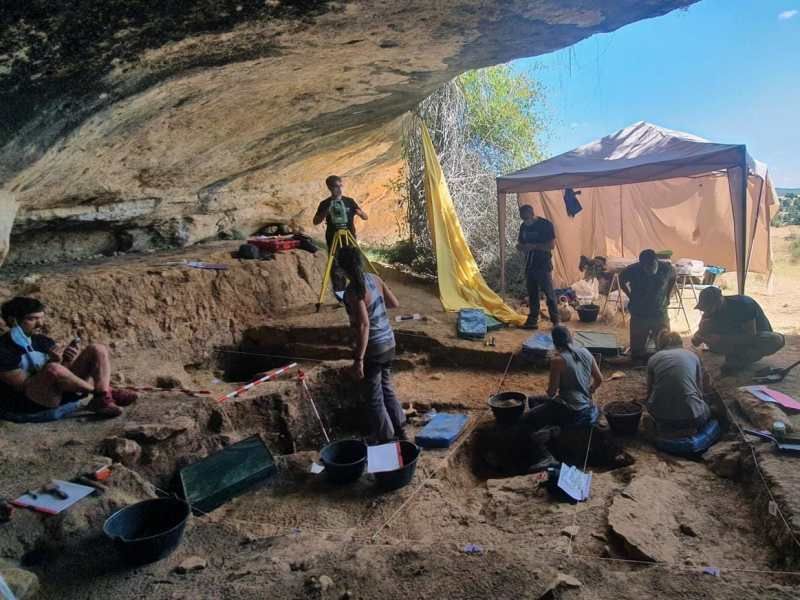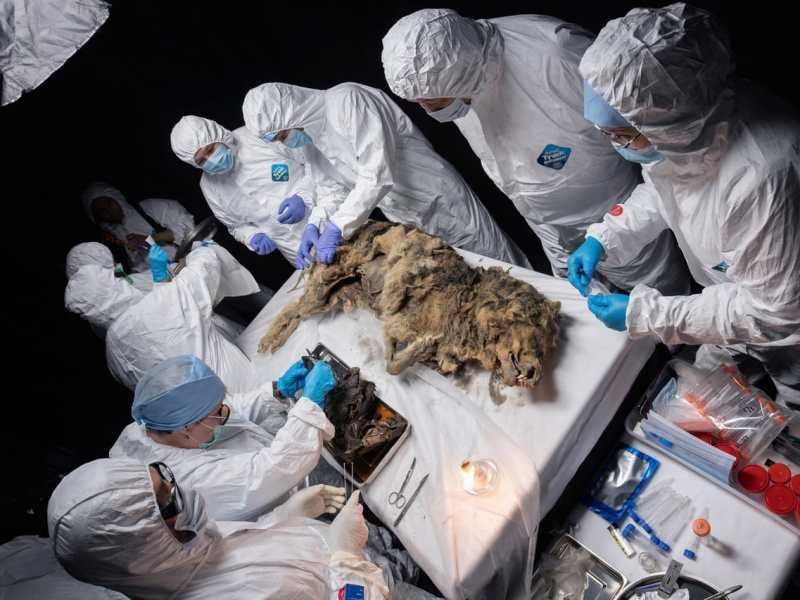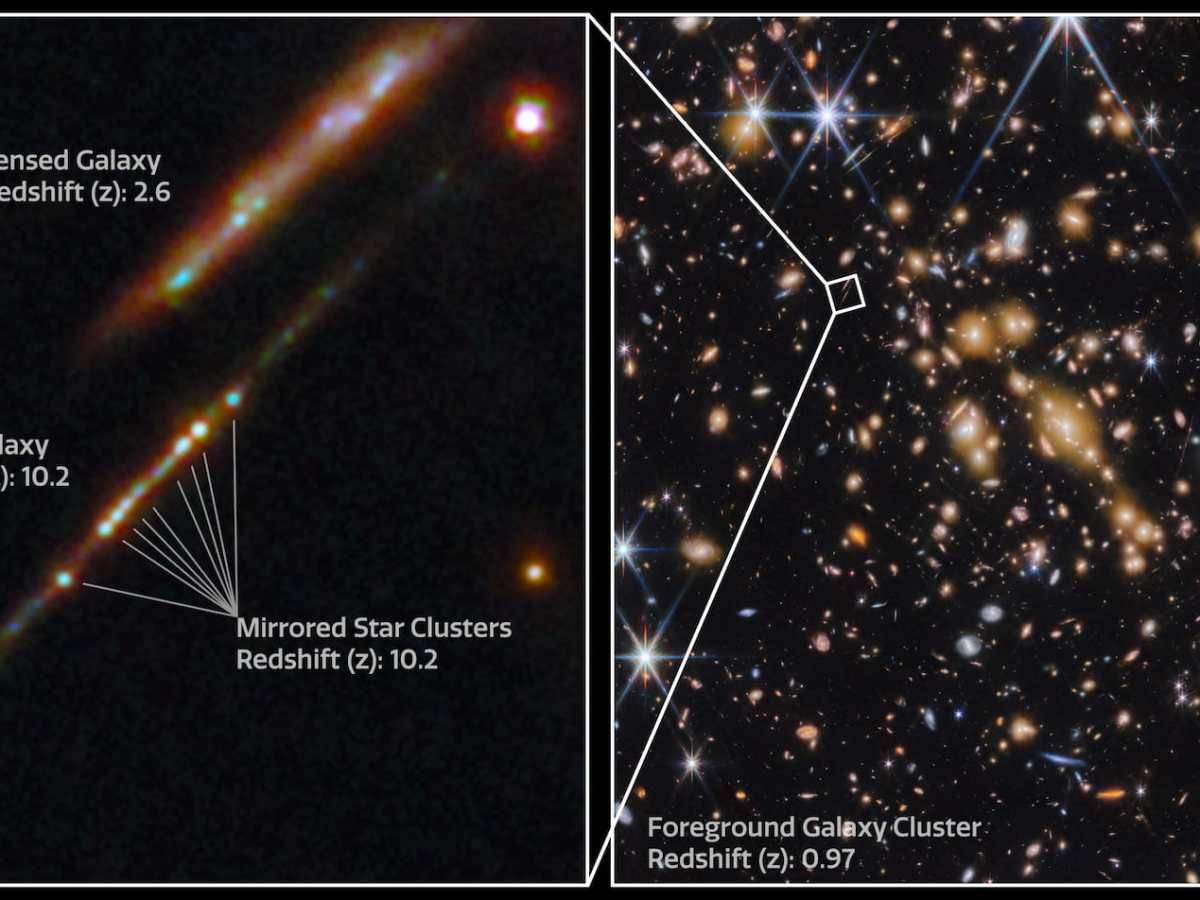A recent discovery by NASA’s James Webb Space Telescope (JWST) confirmed that luminous, very red objects previously detected in the early universe upset conventional thinking about the origins and evolution of galaxies and their supermassive black holes.
An international team, led by Penn State researchers, using the NIRSpec instrument aboard JWST as part of the RUBIES survey, identified three mysterious objects in the early universe, approximately 600-800 million years after the Big Bang, when the universe He was only 5% of his current age. They announced the discovery in Astrophysical Journal Letters.
The team studied spectral measurements, or the intensity of different wavelengths of light emitted from the objects. Their analysis found signatures from “old” stars, hundreds of millions of years old, much older than expected in a young universe.
The researchers were also surprised to discover signatures of huge supermassive black holes in the same objects, estimating that they are 100 to 1,000 times more massive than the supermassive black hole in our own Milky Way. None of these phenomena are expected in current models of galaxy growth and supermassive black hole formation, which envision galaxies and their black holes growing together over billions of years of cosmic history.
We have confirmed that these objects appear to be filled with ancient stars—hundreds of millions of years old—in a universe that is only 600-800 million years old. Remarkably, these objects hold the record for the earliest signals of ancient starlight.said Bingjie Wang, a postdoctoral researcher at Penn State and lead author of the paper. It was totally unexpected to find old stars in a very young universe. Standard models of cosmology and galaxy formation have been incredibly successful, yet these luminous objects don’t quite fit comfortably into those theories.
Researchers first sighted the massive objects in July 2022, when the initial JWST data set was released. The team published an article in Nature several months later announcing the existence of the objects.
At the time, researchers suspected the objects were galaxies, but they followed up their analysis by taking spectra to better understand the objects’ true distances, as well as the sources powering their immense brightness.
The researchers then used the new data to get a clearer picture of what the galaxies were like and what they contained inside. Not only did they confirm that the objects were indeed nearby galaxies at the beginning of time, but they also found evidence of surprisingly large supermassive black holes and a surprisingly ancient population of stars.
It’s very confusingsaid Joel Leja, assistant professor of astronomy and astrophysics at Penn State and co-author of both papers. You can make this fit uncomfortably into our current model of the universe, but only if we conjure up a rapid, exotic formation at the beginning of time. Without a doubt, this is the most peculiar and interesting set of objects I have seen in my career..
JWST is equipped with infrared-sensitive instruments capable of detecting light emitted by older stars and galaxies. Basically, the telescope allows scientists to look back in time about 13.5 billion years, near the beginning of the universe as we know it, Leja said.
One challenge in analyzing ancient light is differentiating between the types of objects that might have emitted it. In the case of these early objects, they have clear characteristics of both supermassive black holes and ancient stars. However, Wang explained, it’s not yet clear how much of the observed light is coming from each — meaning they could be unexpectedly old early galaxies more massive even than our own Milky Way, forming much earlier than models predict — or they could be normal-mass galaxies with “supermassive” black holes, roughly 100 to 1,000 times more massive than such a galaxy would be today.
Distinguishing between light emitted by material falling into a black hole and light emitted by stars in these small, distant objects is a challenge.Wang said. That inability to differentiate in the current data set leaves a lot of room for interpretation of these intriguing objects. Honestly, it’s exciting to have so much mystery left to solve..
In addition to their unexplained mass and age, if some of the light does indeed come from supermassive black holes, then they are not normal supermassive black holes either. They produce many more ultraviolet photons than expected and similar objects studied with other instruments lack the characteristic signatures of supermassive black holes, such as hot dust and bright X-ray emission. But perhaps most surprising, the researchers said, is how massive they seem to be.
Supermassive black holes are usually accompanied by galaxies.Leja said. They grow up together and go through all their major life experiences together. But here, we have a fully formed adult black hole living inside what should be a baby galaxy. That doesn’t make a lot of sense, because these things should grow up together, or so we thought..
Researchers were also puzzled by the incredibly small sizes of these systems – just a few hundred light-years across, about 1,000 times smaller than our own Milky Way. The stars are roughly as numerous as in our own Milky Way galaxy, with between 10 billion and 1 trillion stars, but contained within a volume 1,000 times smaller than the Milky Way.
Leja explained that if you took the Milky Way and compressed it to the size of the galaxies they found, the closest star would be almost in our solar system. The supermassive black hole at the center of the Milky Way, about 26,000 light years away, would be only about 26 light years from Earth and would be visible in the sky as a giant column of light.
These early galaxies would be so densely populated with stars, stars that they must have formed in a way we have never seen, under conditions we would never expect during a period in which we would never expect to see them.Leja said. And for some reason, the universe stopped creating objects like these after only a couple of billion years. They are unique in the early universe.
Researchers hope to follow up with more observations, which they said could help explain some of the objects’ mysteries. They plan to take deeper spectra by pointing the telescope at the objects for long periods, which will help unravel the emission from the stars and the potential supermassive black hole by identifying the specific absorption signatures that would be present in each.
There is another way we could have a breakthrough, and it is simply the right idea.Leja said. We have all these puzzle pieces and they only fit together if we ignore the fact that some of them are broken. This problem is prone to a stroke of genius that has so far eluded us, all of our collaborators and the entire scientific community..
SOURCES
Pennsylvania State University
Bingjie Wang, Joel Leja, et al., RUBIES: Evolved Stellar Populations with Extended Formation Histories at z ∼ 7–8 in Candidate Massive Galaxies Identified with JWST/NIRSpec. The Astrophysical Journal Letters 969 L13. DOI 10.3847/2041-8213/ad55f7
Discover more from The Green Compass
Subscribe and receive the latest posts in your email.



